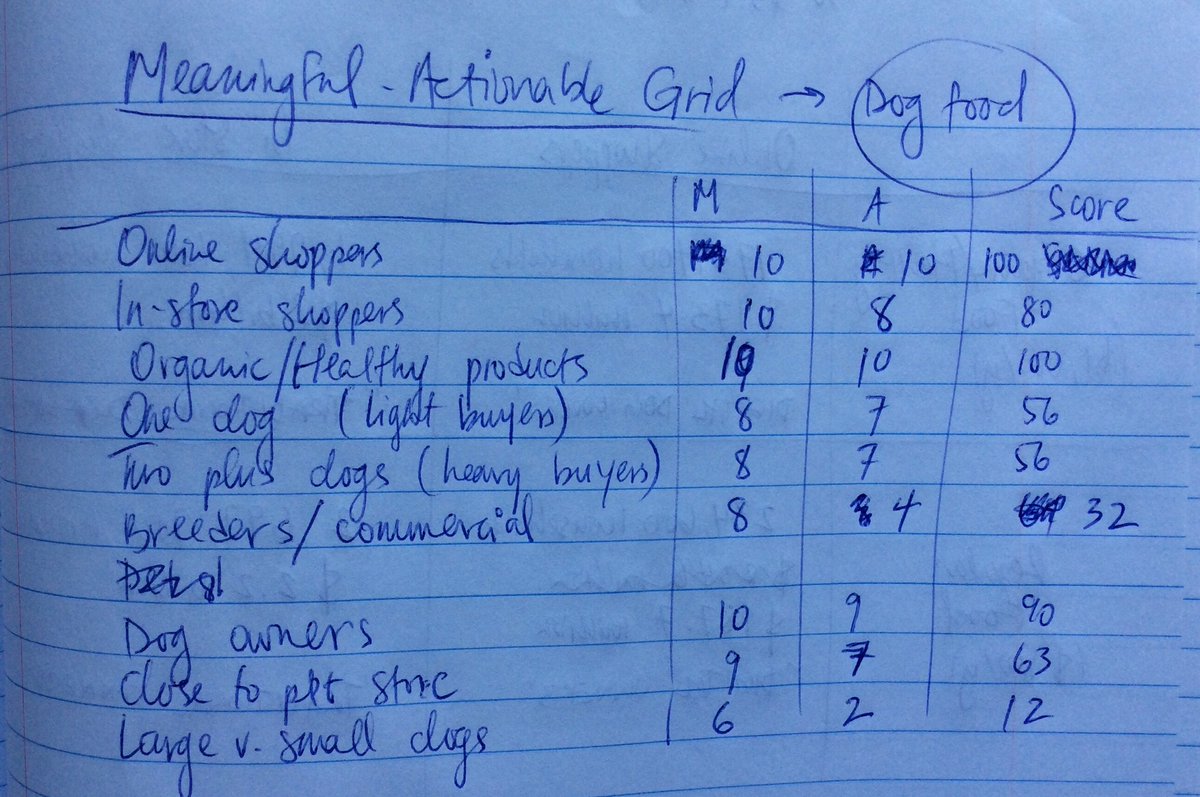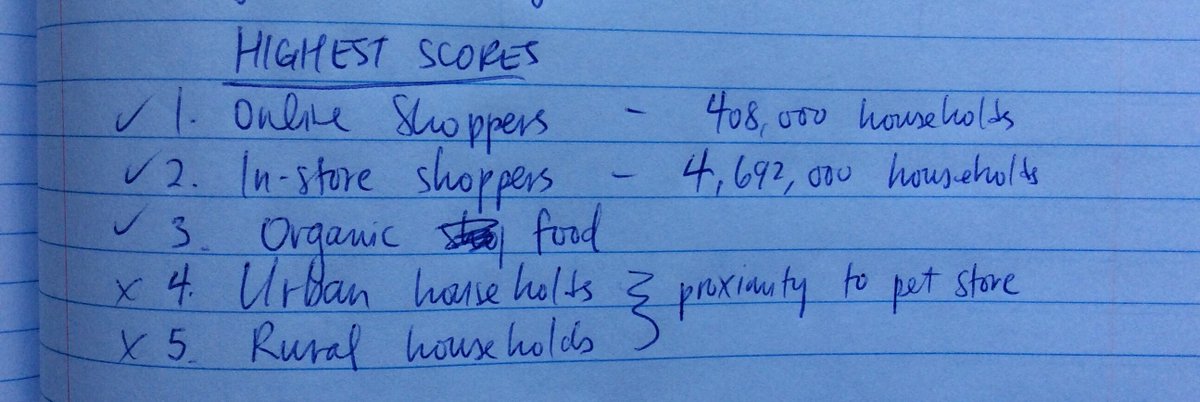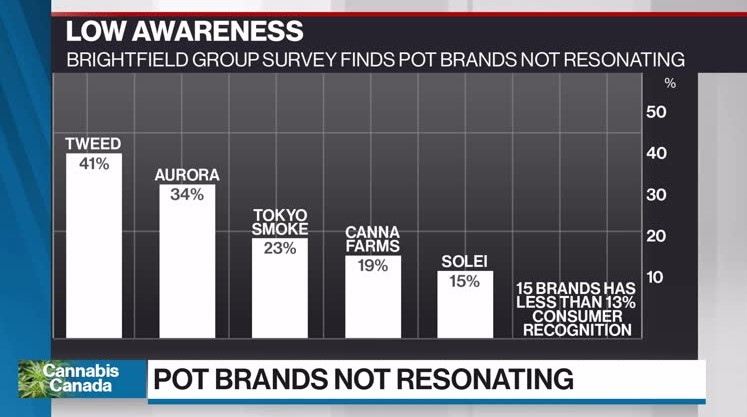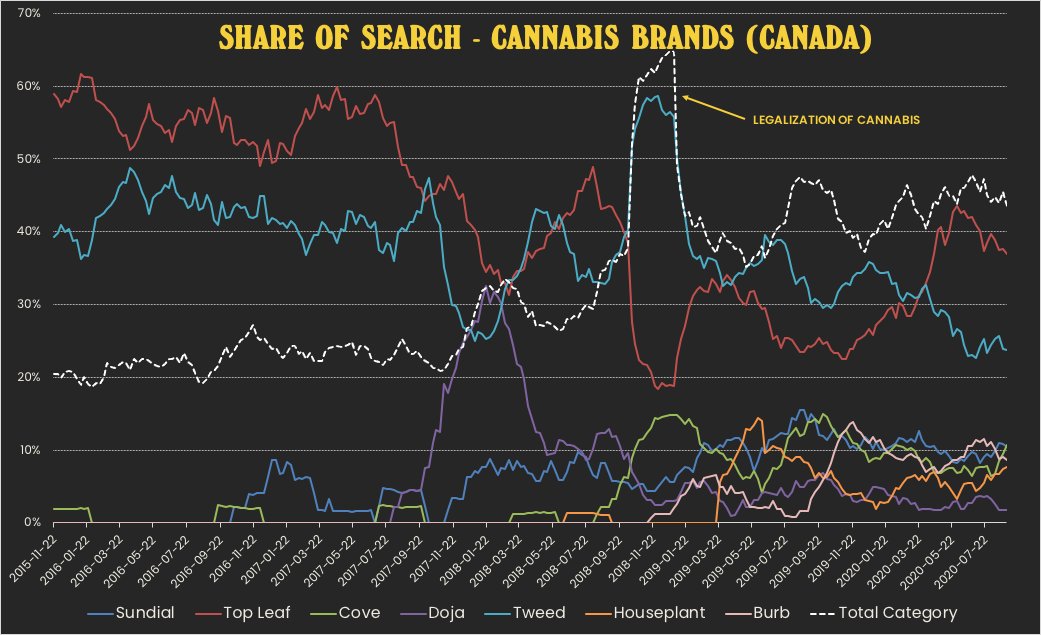
MARKET SEGMENTATION 101
Segmentation is often misunderstood or misused, which is a shame because it’s a vital ingredient in any good marketing strategy.
I’m going to show you how to properly segment any market.
Marketing Strategy Thread 1/n
Segmentation is often misunderstood or misused, which is a shame because it’s a vital ingredient in any good marketing strategy.
I’m going to show you how to properly segment any market.
Marketing Strategy Thread 1/n
Market segmentation kills the ‘average’ customer in order to look at actual ones.
We are breaking the mass market into submarkets of people with common needs.
Segmentation becomes a map of your market as a whole.
We are breaking the mass market into submarkets of people with common needs.
Segmentation becomes a map of your market as a whole.
For this demo I'm going to use a fake company, but real research - as much as I can find for free on Google...
This framework applies to ALL market categories. The steps will be the same, but the results will always be unique to your category.
This framework applies to ALL market categories. The steps will be the same, but the results will always be unique to your category.
THE COMPANY
DoggoTreats is a new Canadian D2C startup making high quality dry dog food.
They plan to sell their products exclusively online across Canada to reduce distribution and wholesale costs, and pass on the savings to their customers.
DoggoTreats is a new Canadian D2C startup making high quality dry dog food.
They plan to sell their products exclusively online across Canada to reduce distribution and wholesale costs, and pass on the savings to their customers.

THE PRODUCT
Their product is SuperPooper, a large bag of dried dog food made from organic ingredients designed for healthy bowel movements.
Each bag provides 3 weeks of dog meals, and sells for $45.99 with free shipping anywhere in Canada.
(Most organic dog food costs $54.99)
Their product is SuperPooper, a large bag of dried dog food made from organic ingredients designed for healthy bowel movements.
Each bag provides 3 weeks of dog meals, and sells for $45.99 with free shipping anywhere in Canada.
(Most organic dog food costs $54.99)

THE RESEARCH
There are 12.4 million households in Canada.
41.5% of those households have at least one dog.
Therefore there are 5.1 million Canadian households with dogs.
92% of Canadians purchase dog food in brick and mortar stores, while only 8% shop for dog food online.
There are 12.4 million households in Canada.
41.5% of those households have at least one dog.
Therefore there are 5.1 million Canadian households with dogs.
92% of Canadians purchase dog food in brick and mortar stores, while only 8% shop for dog food online.

42.5% of Canadians say they would pay more for healthier pet food.
Average cost of healthy dog food per year = $1,000 CAD
Average cost of regular dog food per year = $800 CAD
Total market value of dog food in Canada = ~$5 billion CAD per year
Average cost of healthy dog food per year = $1,000 CAD
Average cost of regular dog food per year = $800 CAD
Total market value of dog food in Canada = ~$5 billion CAD per year

SEGMENTATION
Now, make a list of all the relevant variables in your category.
Online shoppers
In-store shoppers
Buys organic/healthy food
Buys regular food
Proximity to pet store
Etc...
Write everything you can think of. Leave nothing out.
Now, make a list of all the relevant variables in your category.
Online shoppers
In-store shoppers
Buys organic/healthy food
Buys regular food
Proximity to pet store
Etc...
Write everything you can think of. Leave nothing out.
Give each variable a score from 1-10 based on how meaningful and actionable it is to your company.
Actionable refers to how able you are to reach consumers of a particular variable - easy (10) or difficult (1).
Multiply the two numbers together to get your final score.
Actionable refers to how able you are to reach consumers of a particular variable - easy (10) or difficult (1).
Multiply the two numbers together to get your final score.

The 4-5 variables with the highest score are what you segment your market on.
These are the variables that are most relevant to your business, and that you can easily act on.
These are the variables that are most relevant to your business, and that you can easily act on.

Arrange the variables on a 2 x 2 axis, and draw a map.
I decided to drop urban/rural households because they were difficult to target, and online vs. in-store seemed the most important factor for a D2C brand.
I decided to drop urban/rural households because they were difficult to target, and online vs. in-store seemed the most important factor for a D2C brand.

Name each segment based on their purchasing behaviour, and use your research data to fill in the total number of people in each segment, and their total value in buying power per year. 

Voila!
You have just segmented your market using actual consumer data that is relevant to your category and company.
You now have a foundation to build a marketing strategy on.
You have just segmented your market using actual consumer data that is relevant to your category and company.
You now have a foundation to build a marketing strategy on.
You can start asking strategic questions:
Is a D2C-only organic dog food brand a profitable idea?
Which segments should DoggoTreats target?
What position should they take when targeting Digital Dog Lovers?
Should that positioning be different for other segments?
Is a D2C-only organic dog food brand a profitable idea?
Which segments should DoggoTreats target?
What position should they take when targeting Digital Dog Lovers?
Should that positioning be different for other segments?
What we've NOT done here is segment by lazy variables like gender, income, age, Millennials/Gen X etc.
A segmentation should always be tailed to your specific category and business products or services.
With segmentation complete, you can now proceed to building a strategy...
A segmentation should always be tailed to your specific category and business products or services.
With segmentation complete, you can now proceed to building a strategy...
Side note, IRL you'd need to conduct market research before starting a segmentation.
More on how to do that here...
ianbarnard.ca/post/essential…
More on how to do that here...
ianbarnard.ca/post/essential…
This is getting a lot of likes - if you want to dive deeper into strategy and segmentation, consider the @MWMiniMBA. It taught me a lot.
This thread only scratches the surface, there's lots more to learn!
mba.marketingweek.com
This thread only scratches the surface, there's lots more to learn!
mba.marketingweek.com
UPDATE
Now that segmentation is complete, we can move on to targeting.
Now that segmentation is complete, we can move on to targeting.
https://twitter.com/mixesintheattic/status/1278366016863641600
• • •
Missing some Tweet in this thread? You can try to
force a refresh






